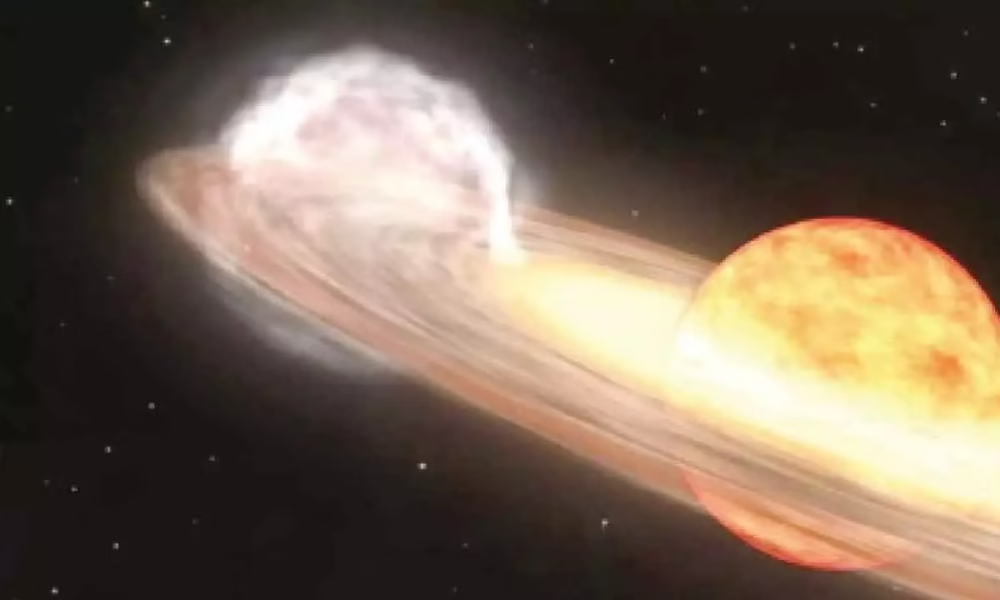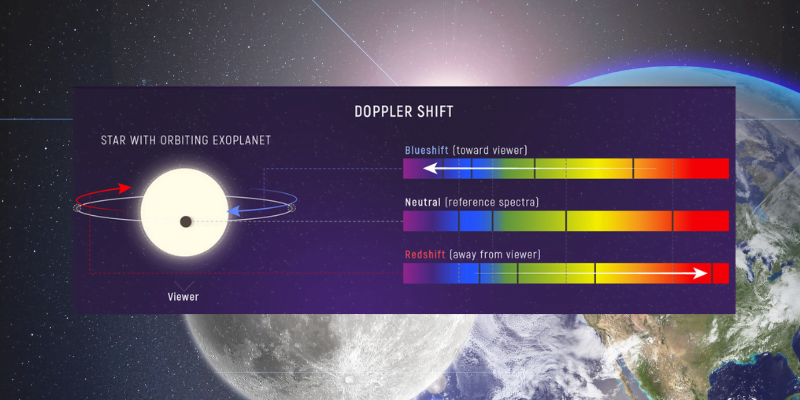
While much of India was swept up in the excitement of space missions like the International Space Station and Gaganyaan, a quiet but groundbreaking discovery was unfolding in Bengaluru. Researchers at the Indian Institute of Astrophysics (IIA) have uncovered a cosmic twist in the distant Ophiuchus Constellation. A peculiar star named A980, located some 25,800 light years away, is challenging our understanding of stellar chemistry.
Gajendra Pandey, a Senior Professor at IIA, revealed that the discovery began with a PhD student’s curiosity. Ajay Saini, Pandey’s student, proposed studying 27 newly identified hydrogen-deficient carbon stars in high resolution for his thesis work. Hydrogen-deficient carbon stars are a rare type of cool star that lack hydrogen, the most abundant element in the universe. ‘Until 2022, only five such stars were known. But that year, 27 more were identified, including A980,’ Pandey explained. The catch? Previous observations were done in low resolution, leaving gaps in understanding.
The duo decided to take a closer look using the Hanle Echelle Spectrograph on the Himalayan Chandra Telescope in Ladakh. What they found was unexpected. A980’s spectrum, essentially its stellar fingerprint, didn’t match predictions. This star belongs to an even rarer class called Extreme Helium (EHe) stars, which are almost entirely composed of helium. These stars are believed to form from the merger of two white dwarfs—one rich in carbon-oxygen and the other in helium.
But the real shock came when they detected germanium in A980’s spectrum. ‘We were stunned to see singly-ionized germanium lines. This is the first time germanium has been observed in an EHe star,’ Pandey said. Not only was germanium present, but it was also eight times more abundant than in the Sun. This finding suggests that germanium is synthesized within these stars, a revelation that could reshape theories of stellar evolution.
The discovery raises new questions about how EHe stars form. While the prevailing theory points to white dwarf mergers, A980’s chemistry hints at other possibilities. Pandey and Saini speculate that the star’s unusual traits might trace back to the Asymptotic Giant Branch (AGB) phase, where stars produce heavy elements like germanium before shedding their outer layers. Another tantalizing possibility is the Thorne-Zytkow Object (TZO), a theoretical hybrid star with a neutron star at its core. Though A980 doesn’t perfectly match a TZO, the parallels are intriguing.
This discovery isn’t just about one star. It’s a reminder of how much we still don’t know about the universe. High-resolution spectroscopy, as Pandey notes, is a powerful tool for decoding the hidden stories written in starlight. And with each new clue, astronomers get closer to understanding the cosmic processes that shape our universe.
The findings highlight the importance of continued exploration and the value of curiosity-driven research. Who knows what other secrets the stars are hiding? For now, A980 has given us plenty to ponder.











